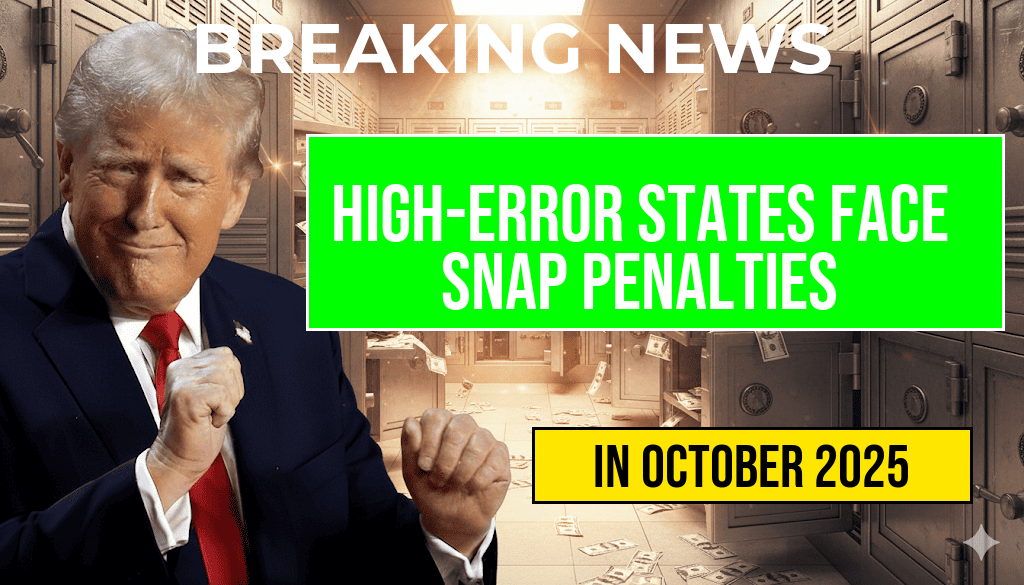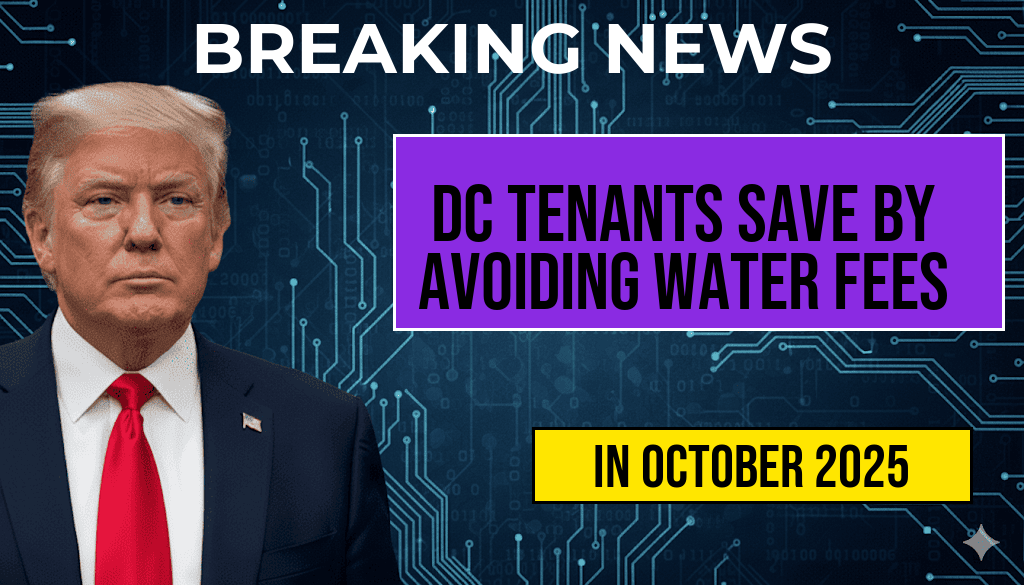States with high error rates in administering the Supplemental Nutrition Assistance Program (SNAP) are facing potential penalties that could lead to significant reductions in benefits for millions of recipients. The U.S. Department of Agriculture (USDA) has set stringent guidelines for states to ensure accurate and timely distribution of SNAP benefits. However, a growing number of states are failing to meet these standards, which may result in financial repercussions and decreased assistance for vulnerable populations. With the stakes so high, the future of SNAP benefits in these high-error states hangs in the balance.
Understanding SNAP and Its Importance
The Supplemental Nutrition Assistance Program, commonly known as SNAP, is a critical resource for low-income individuals and families across the United States. The program provides food assistance to millions, helping to alleviate hunger and improve nutrition. According to the USDA, more than 40 million Americans rely on SNAP benefits each month, making it a vital component of the nation’s safety net.
High-Error Rates: A Growing Concern
Recent reports indicate that several states have reported error rates that exceed the USDA’s acceptable threshold of 6 percent. These errors can include overpayments, underpayments, and improper eligibility determinations. States with persistent high error rates face penalties that could result in a loss of federal funding, directly affecting the benefits available to residents.
List of States at Risk
- California
- Arizona
- New York
- Texas
- Florida
Consequences of High Error Rates
The penalties for exceeding the error rate threshold can be severe. States may face a percentage of their federal SNAP funding being withheld, which translates to millions in lost assistance. This financial strain could lead to significant cuts in benefits for recipients, exacerbating food insecurity in communities already struggling to make ends meet.
Potential Impact on Recipients
For individuals and families relying on SNAP, any reduction in benefits can have a cascading effect. Many households use these funds not just for food, but to cover other essentials, such as utilities and housing costs. A decrease in SNAP benefits can push families further into poverty, making it challenging to afford basic necessities.
State Responses to SNAP Penalties
In response to the risk of penalties, some states are taking proactive measures to reduce their error rates. Initiatives include enhancing training for caseworkers, implementing new technology to streamline the application process, and conducting regular audits to identify and correct errors before they escalate. These efforts aim to ensure compliance with USDA standards and protect vital funding for their residents.
Technological Innovations
Several states are exploring the use of technology to improve SNAP administration. For example, digital tools that facilitate online applications and renewals can help reduce human error and improve accuracy in benefit distribution. By investing in these technologies, states hope to minimize the risk of penalties and enhance the overall efficiency of SNAP.
Future of SNAP Benefits in High-Error States
The ongoing situation raises critical questions about the future of SNAP benefits for millions of Americans. If states fail to resolve their high error rates, the implications could be dire. Lawmakers and advocacy groups are closely monitoring developments, as they push for reforms that would not only protect SNAP funding but also ensure that benefits are equitably distributed to those in need.
Advocacy and Legislative Action
Organizations such as the Feeding America network are actively advocating for policy changes to address the root causes of high error rates. They argue that improving access to resources and implementing better training programs for state employees can lead to more accurate benefit determinations.
Conclusion
The landscape of SNAP benefits is under scrutiny as high-error states face the threat of penalties that could reduce assistance for millions. With the USDA’s focus on maintaining standards, the pressure is on state governments to address their administrative challenges. As the situation evolves, stakeholders from various sectors will need to collaborate to ensure that SNAP remains a reliable lifeline for those who depend on it.
Frequently Asked Questions
What are high-error states in relation to SNAP?
High-error states refer to regions that have a significant rate of errors in administering the Supplemental Nutrition Assistance Program (SNAP), which can result in overpayments or underpayments to beneficiaries.
How can high-error rates affect SNAP benefits?
States with high-error rates may face penalties from the federal government, which could lead to a reduction in SNAP benefits for participants if the issues are not addressed.
What types of errors are considered in SNAP assessments?
Common errors assessed include inaccurate income reporting, failure to verify eligibility, and mistakes in calculating benefit amounts, all of which can lead to significant financial implications for the state and recipients.
What actions can states take to reduce high-error rates?
States can implement better training programs for staff, improve data management systems, and enhance verification processes to help reduce high-error rates and avoid penalties.
What happens if a state does not improve its error rate?
If a state fails to improve its error rate, it risks facing substantial penalties from the federal government, which may ultimately affect the level of SNAP benefits available to its residents.













